Rinnai Tankless Recirculation Pump Noise!
mimola
2 years ago
Featured Answer
Sort by:Oldest
Comments (10)
mimola
2 years agoRelated Discussions
Spin off RE: water heater and recirculating pump
Comments (17)There are different types of heat tracing. I used constant wattage in my system, and can't comment on other types. Aptly named, it produces heat with no limit, thus the need for control(t-stat)...exactly like your water heater. Memory isn't good, so I can't give prices (my system is over 10 years old)but IIRC, there is a minimum footage purchase (10' maybe)and then per/ft. cost. Insulation cost is a wash- any system should be insulated. My system is designed to maintain a temp. just under the heater setpoint. The longer the insulation maintains static condition the less power used. Cost for my system with expensive, quality pipe insulation was well under a circ. pump. Installation requires no plumbing, but does require minor electrical skills if power isn't nearby. Installing the trace and insulating will take longer than installing a pump (without return line- which could extend time considerably), but is not skilled work, simply conscientious. My situation has 20' of trace,@5W/ft. At the old kWh rate (just increased), operating costs were penny/hour. Note the system does not operate continuously. Circ. pumps consume power starting at ~400W, 4x my consumption, though of course they are intermittent duty too....See MoreNew construction and recirculating hot water pump
Comments (14)napa I have 2 Rinnai tankless hotwater generators in series and I had to install a recirc pump since my generators are directly under the master suite (nice) but 88 feet away from the kitchen (long wait). The way I hooked mine up was to actually bypass the tankless hot water generators becuase I did not want the generators to cycle just to maintain hot water in the recirc loop. Instead, i bought a small 4 gallon electric tank and use the small tank to maintain hotwater in the line. If you go this route, then you can use a very small pump (i used the smt-303 laing pump that consumes 30 watts of power - see http://www.hvacquick.com for info). The recirc loop is connected to the main hotwater supply line just after the output of the hotwater generators - and then at the distant end just before all the branch lines going to various sinks. The supply side of the loop starts as 1 inch and then goes to 3/4 inch CPVC. The return loop i installed is 1/2 inch CPVC. I insulated the entire loop. The return side of the loop dumps into the 4 gallon tank and then on to the pump which pushes the hot water into the supply side of the loop. I also have a few shut off valves, a bleeder pipe& valve to remove air (very important), and an air vent (also very important). Laing now makes a new pump that has an integrated check value in it and that made the plumbing easier. I did not see that listed on the hvacquick site - call them and ask about the new pump. otherwise, you have to install a seperate check value - not a big deal, but the value must be matched to work with the pump (the output pressure of the pump is low). I used the white paper on the hvacquick.com web site (i think Laing also has some info on their web site) but modified it a bit for the tankless connection. This all started out when I wanted to supply my humidifiers with warm water and I realized that the tankless hot water generators would be kicking on and off whenever the hvac turned on - not waht I wanted. At the same time I then discovered the hot water delay issue. So my recirc system was designed to serve two puposes. I tapped off the recirc loop to supply 2 humidifers and it also keeps hot water in the line for the sinks. It works quite well. Whenever we turn on a sink at the distant end, we have a short delay (about 15 seconds) for the hot water in the recirc loop to push though the branch lines. The hot water generators kick in to backfill the hot water we use with a new supply of hot water. Whent he humidifiers kick in - the flow rate is so low that the hot water generators don't kick on (what I wanted) and the line is backfilled with a small amount of cold water. The small hot water tank then heats the water in the loop to the preset temp....See Morecan you recommend a recirculating pump?
Comments (13)The systems that force the cold water back into the cold line are a jury rig solution to eliminate the need for the extra return line. If you are building you can easily put in the return line (and insulate the hot line). There are numerous ways to turn on the circulating pump, from using a light switch (often works well in a bathroom) to timers, motion sensors, etc. If you use low voltage equipment and a relay to switch the pump even the wiring is simplified (think thermostat type wiring with lower voltage and current). If you put eh demand heater in the circulating loop it will be turned on when it detects the flow from the pump and deliver hot water. If things are sized correctly and set up correctly you should have very close tom instant hot water by the time you turn on the sink faucet....See MoreRinnai Water Heater with Recirculation
Comments (5)Hi Naomi Arcadia, The reviews on the app? Am I misunderstanding something? Don't make a water heater purchasing decision based on the reviews of the app. Using your phone to control the water heater or the circ pump sounds like a complete boondoggle. I like tankless water heaters - I've installed one each in my last two houses. If you need a circ pump, put it on a motion detection switch so it goes on when you walk in a bathroom and runs until the water line is warm. A better solution is to design your plumbing so it's not a long run from the water heater. If you have a basement or a garage in a warm climate, consider using an electric hybrid tank heater instead. A tank heater can reduce the need for circulation pumps. The hybrid tank will usually cost slightly less to operate than the best gas tankless....See Moremimola
2 years agomimola
2 years agorsekman
last yearmimola
last yearmimola
last year
Related Stories
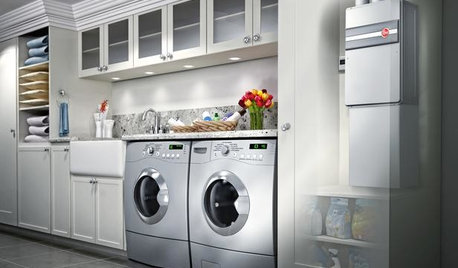
GREAT HOME PROJECTSHow to Switch to a Tankless Water Heater
New project for a new year: Swap your conventional heater for an energy-saving model — and don’t be fooled by misinformation
Full Story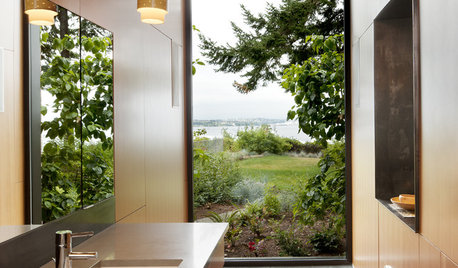
REMODELING GUIDES10 Tips to Maximize Your Whole-House Remodel
Cover all the bases now to ensure many years of satisfaction with your full renovation, second-story addition or bump-out
Full Story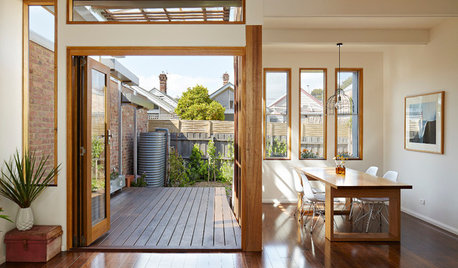
SAVING WATER11 Ways to Save Water at Home
Whether you live in a drought-stricken area or just want to help preserve a precious resource, here are things you can do to use less water
Full Story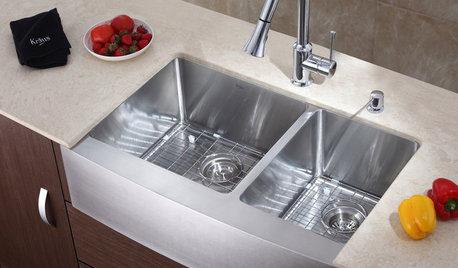
MOST POPULAR8 Little Remodeling Touches That Make a Big Difference
Make your life easier while making your home nicer, with these design details you'll really appreciate
Full Story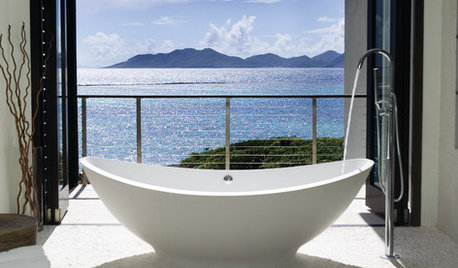
PHOTO FLIP71 Dream Bathtub Views
Soak in the sights with this collection of tantalizing tubs and inspiring vistas
Full Story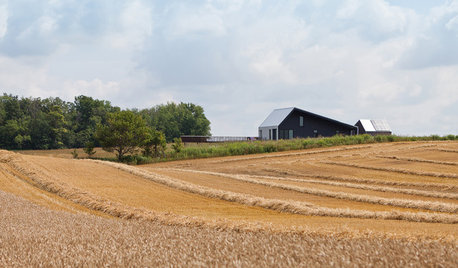
GREEN BUILDINGOff the Grid: Ready to Pull the Plug on City Power?
What to consider if you want to stop relying on public utilities — or just have a more energy-efficient home
Full Story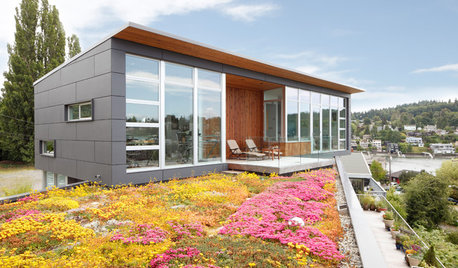
CONTRACTOR TIPSBuilding Permits: What to Know About Green Building and Energy Codes
In Part 4 of our series examining the residential permit process, we review typical green building and energy code requirements
Full Story


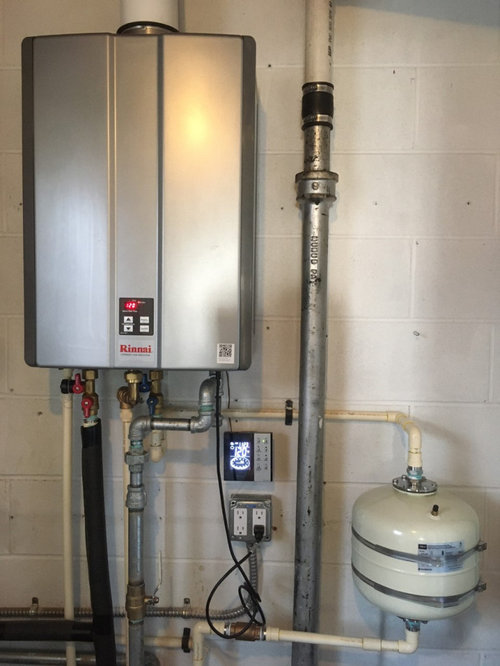
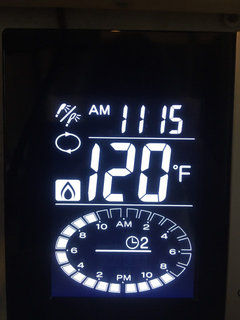

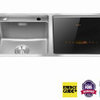

Jake The Wonderdog